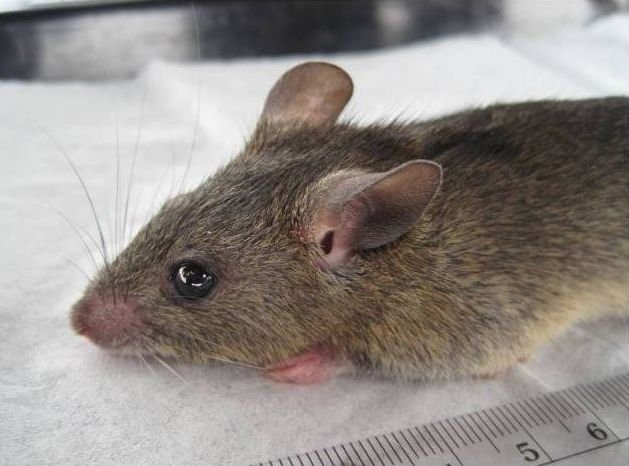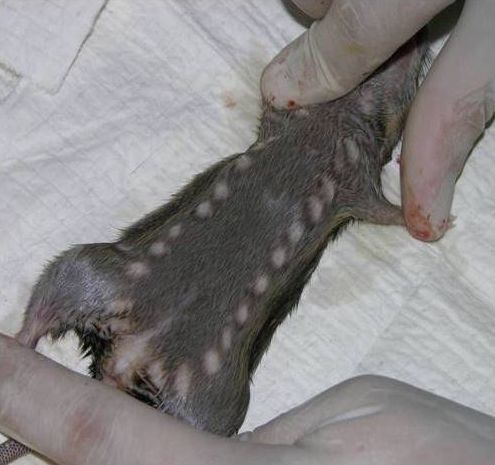 Have you heard of Lassa fever?
Have you heard of Lassa fever?
1..Where do you think the name LASSA was gotten from?
2..How does Lassa fever transfer?
3..Where can you find Lassa fever?
4..If a person come in contact with Lassa virus, what will happen to the patient?
5..How can Lassa fever be prevented?
6..How can Lassa fever be treated?
7..What are the possible complications of Lassa fever?
These are the questions that begs for answers about things you sincerely have to know about Lassa fever.
- LASSA was the name of the town that the virus was first discovered in the year 1950 and unfortunately for Nigeria, that town can be found in borno state NIGERIA.
Lassa fever is caused by a virus called Lassa virus and Lassa virus is a family of RNA virus called arenaviridae.
The Lassa virus can live peacefully among a specie of rats called multimammate rats (rats that has many mammary glands I.e many breast) - Before urbanization, the places we all live today were once colonies for different forms of animals both the big ones and the small ones. Now as the population increases, we tends to expand by invading these colonies of animals, displacing them of there houses and habitats.
So, the smaller ones like rats, having being displaced of there habitat then tends to start leaving with us.
Since its among rats that this virus lives, and the rats now lives with us, then it's easy for them to transfer this virus to us.
The virus can move from these rats to human by 3 major means which are
When the rats urinates on how foods and we go ahead to consume the food without thorough cooking
When the rats defecate on how foods and we still consume the food
When the decide to eat these rats as delicacies. - In essence, this virus is common in Africa where obviously we have much of people leaving with these rats in the homes.
Though it's not all rats that are multimammate but how can we distinguish them from one another. So it's better to stay off rats - After an individual has been infected by the virus through the above means, the person will likely present with Nausea, Vomiting (bloody),Diarrhea (bloody), Stomach ache, Constipation, Difficulty swallowing, Hepatitis and persistent high grade fever. Please note that the virus is also called Lassa hemorrhagic fever so the possibility of having hemorrhage I.e bleeding is high from orifices like nose, eye, ear & skin. These usually occurs between 7 - 21days of contacting the virus.
It is important to know that Lassa virus can also be transferred from person to person. Any close contact with any of the infected individuals body fluid( sweat, saliva, blood, urine, faeces, droplets from sneezing or coughing) make another individual to contact the virus. - Prevention of Lassa fever solely bases on 2 things.
A. Avoidance of any form of contact with rats and their waste products, eating of rat should be discouraged. Though in some household, rats can not be completely eradicated then it is important to put measures that will prevent them from getting in contact with our food in place. Proper covering of our foods substances like garri. We should dispose any food that is suspected to have been eaten by rats, thorough cooking of our foods.
B. Avoid any form of contact with an infected person or any suspected person. And if an infected person should die, it's advisable that corpse should not be bathed, to be buried in a 2meters deep grave or even the Corpse should be cremated .m - The virus can be treated with the drug called ribavirin but let's leave the treatment with the doctors.
- The most important Complications of Lassa fever include DEATH & deafness. The virus is responsible for about 5000 death yearly which is most common in Africa and the virus is presently Epidemic in Nigeria.
And about 33 reported death.